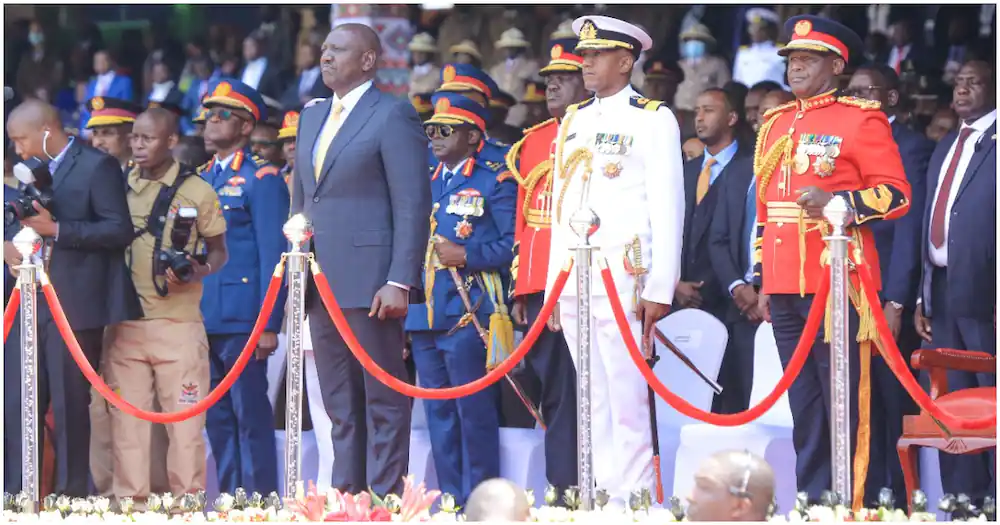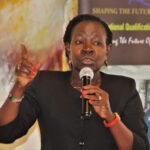One year after President William Ruto took over the reins of power and became the country’s 5th head of state, the outcome of the 2022 general election has proved to be a bitter pill to swallow for the Azimio La Umoja One Kenya coalition led by Raila Amolo Odinga.
The bitter taste prompted the opposition chief to call for the audit of the Independent Electoral and Boundaries Commission servers for months on end. However, that proved to be an uphill task for the opposition as the apex court ruled on the matter with finality.
‘‘The Supreme Court ruled in favor of Kenya Kwanza something that we respected but never agreed,’’ opines Fred Okang’o, KANU Party Political Affairs secretary.
The ODM leader alongside his Co-principals decided to go back to the electorate and devise their next cause of action following the outcome at the corridors of justice.”
“We did take our matters to court, especially on the issue of the presidential election results and the court upheld the results to our dissatisfaction,’’ says Opiyo Wandayi who is the Minority Leader in the National Assembly.
According to Jeremiah Kioni who is the Technical Committee member of the National Dialogue team representing Azimio “before the 9th of August last year we were working to form the government and when we’re unable to form the government as it was pronounced by the Supreme Court we took on the role of the opposition.”
Numerously, the opposition wing held rallies at the historic Kamukunji grounds where they called on their supporters to turn up in large numbers to protest the rising cost of living. Dozens were injured whilst others lost their lives in the process. The nationwide demos also saw hundreds arrested for destabilizing peace in the country.
The three cycles of the demonstration forced the two coalitions to come to the table through an appointed parliamentary bi-partisan team led by Rarienda MP Otiende Amolo of Azimio and Kenya Kwanza’s Tharaka Mp George Mirugara.
The talks lasted for a few months after both parties failed to reach an agreement. The events saw religious leaders and professional and human rights bodies urge both political factions to forego their grandstanding and engage in dialogue. The clarion call reverberated across the country and led to President William Ruto and ODM leader Raila Amolo Odinga meeting under the guise of former Nigerian president Olusegun Obasanjo. The meeting between the three birthed what is now known as the National Dialogue Committee which is expected to settle the political differences between the two factions.
The new Bi-partisan talks are led by Wiper Party leader Kalonzo Musyoka and National Assembly’s Majority Leader Kimani Ichung’wah. The talks have however been marred by external political rhetoric that could either make or break the committee.





